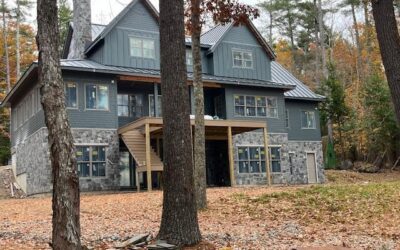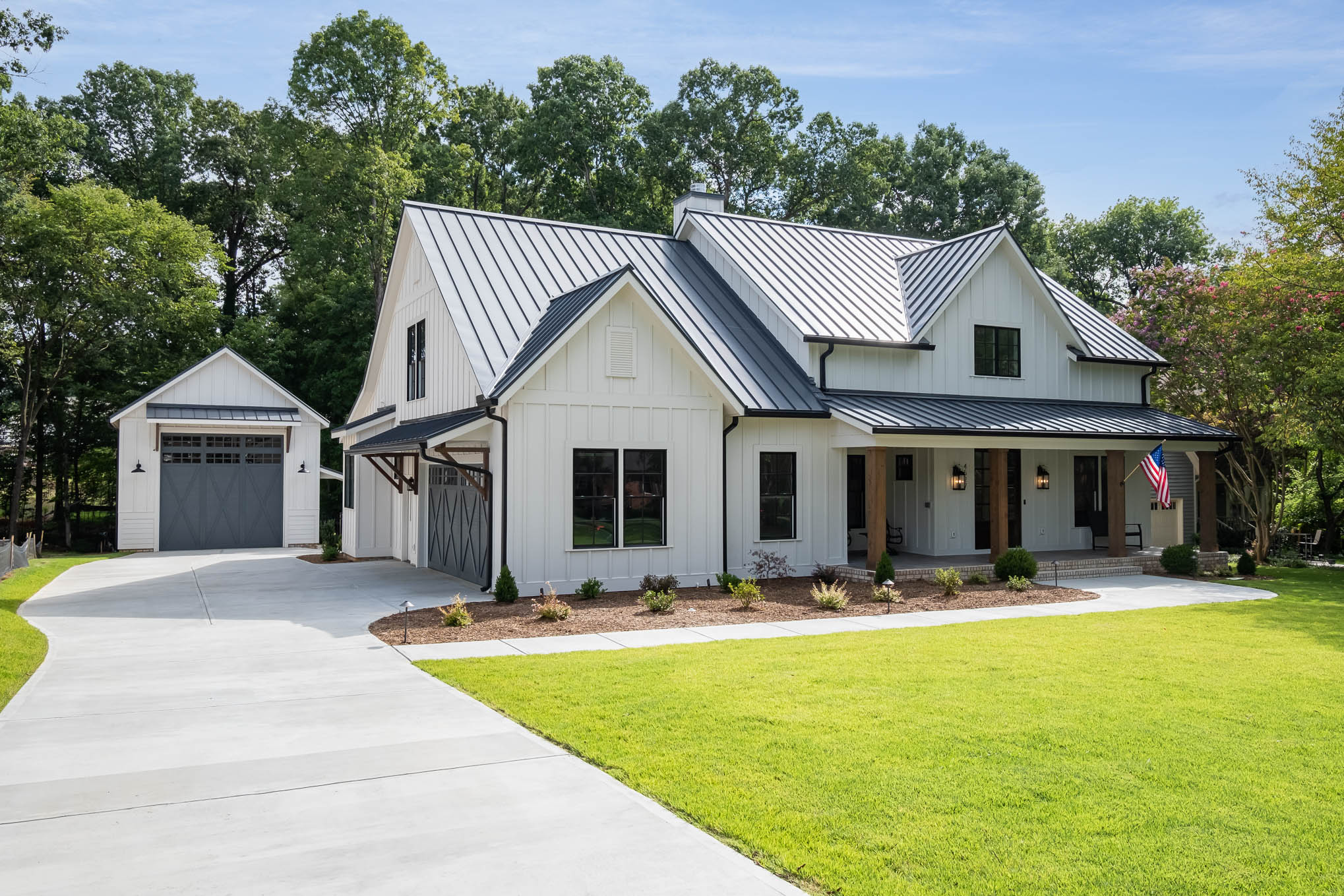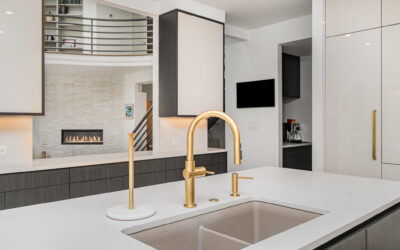When you’re focusing your attention on hardscapes, there are a number of factors that you’ll want to consider. Of course you want the finished product to be visually appealing, but you’ll also want to think about the purpose of the hardscape, the materials you’ll use for the project, and the kind of style you like. Before you begin a new hardscape project, keep these tips in mind in order to ensure that you’re turning your lawn into a cohesive, beautiful place to spend time with family and friends:
Do your research
Before you begin any type of hardscape work, take some time to plan your project carefully. Whether you’re trying to develop an outdoor living room or add a patio, hardscapes are permanent. Diving in headfirst is risky! Consider the materials you’ll use, the design’s overall purpose, and existing landscaping that you’ll need to work around. Just as you wouldn’t hire a designer to work on your living room without thinking about the other rooms in your home, you’ll want to consider the entire backyard or front yard as a cohesive piece.
 Consider your style
Consider your style
Some people begin a hardscape project with a very specific style in mind. For example, they want an English garden look, with its meandering, messy, romantic flow. Maybe they want a French look, with lots of bushes that have been pruned to specific geometric shapes. Even if you can’t quite label the style you’re looking for, come to the table with some inspiration in mind. Bring in pictures of hardscaping that you find appealing, whether it’s from a restaurant you visited or a spread in a magazine. You should also think about the extras you’d like to add to the area. Would you like a fire pit? Perhaps you’ve always dreamt of having a pond. Is the whole goal to create more space or would you just like to build an area that’s perfect for entertaining? When you’re considering both the style you find attractive and your big picture needs, it makes envisioning the end result much easier.
Think about the reasons for the project
Don’t forget to go beyond the aesthetics and focus on functionality as well. Are you having drainage issues? Your hardscape design should also ensure proper runoff, so consider any water flow issues as you’re planning. You never want water pooling up in a certain corner of the yard, as this can cause significant damage over time. This is especially important for those who hope to develop lush gardens. You’ll want to use hardscapes to fulfill a purpose while adding a visually appealing element to your yard.
Consider the actual design
As you’re designing your space, make sure to reflect the soft elements found in nature. Use this natural beauty to your advantage, and echo these elements in your hardscapes. You shouldn’t overwhelm your space with hard lines and walkways. Here are a few other questions to consider in order to ensure you’re finding balance as you use hardscapes in your yard:
 What is the end goal? Are you trying to connect the pool to a walkway? Do you need to lead people from a deck down to a grill? Make sure your hardscape meets this objective. The flow of your front or backyard should feel natural, and should guide guests easily.
What is the end goal? Are you trying to connect the pool to a walkway? Do you need to lead people from a deck down to a grill? Make sure your hardscape meets this objective. The flow of your front or backyard should feel natural, and should guide guests easily.
-
How will you preserve the natural look and feel of the space? Your hardscaping and your landscaping should complement each other. You should see natural curves and imperfect shapes. You want everything to feel purposeful yet effortless.
Above all, the goal should be to keep the space looking natural. Everything should serve a purpose and flow well. A large rectangular deck can look out of place and remove softness from the space. Be on the lookout for too many hard lines or harsh-looking materials, and soften accordingly.
 Choose your materials carefully
Choose your materials carefully
Once you’ve established your design, it’s time to select the materials you’d like to use to complete the project. I’m always a fan of a little variety. Don’t mix things up so much that it looks busy, but it’s nice to have a retaining wall that’s made out of brick pavers, steps that are made out of stone blocks, and a sidewalk that’s flagstone. If you’ve got a deck, think about the colors and stains you’ll select. Is your goal to match the brick on your house so that it looks cohesive?
Again, beyond just style, consider the practical side of things. You don’t want to opt for a material that only ends up creating more drainage problems for you, nor do you want to pick something that won’t be able to withstand the weather where you live.
Once you’ve started to get a better sense of what you want, it’s time to have a designer come in (this could be a landscaper, a hardscape designer, or a contractor) and work with you so you can develop a plan and begin pulling necessary permits. Many people get so excited about their project that they forget about this crucial step. There are many home improvement projects that are DIY jobs, but hardscapes are best left to the professionals!
If you’re looking to get inventive with your hardscapes, we’d love to help. Call us at 704-708-4466 or email He*****@*********************ns.info to get started.









